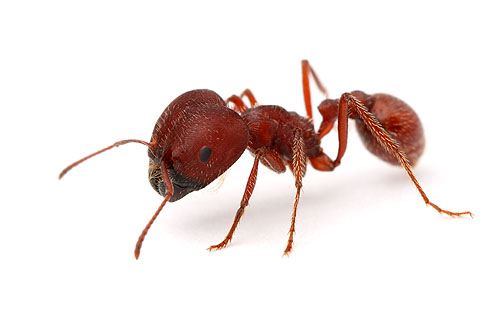
Pogonomyrmex badius
The Archbold Biological Station hosts 100+ species of ants. Here are a few of them.

Trachymyrmex septentrionalis

Platythyrea punctata
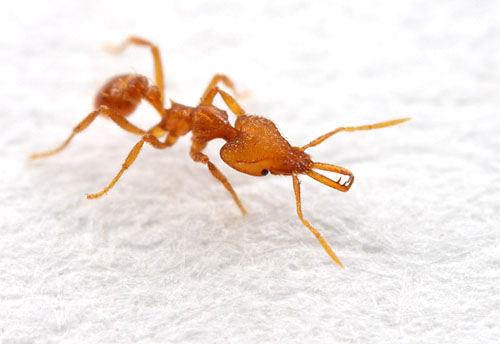
Strumigenys rogeri

Cyphomyrmex rimosus (queen)

Dorymyrmex bureni
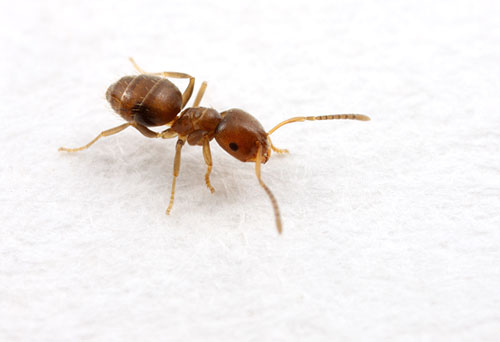
Brachymyrmex obscurior

Paratrechina longicornis

Xenomyrmex floridanus

Cardiocondyla emeryi

Camponotus floridanus
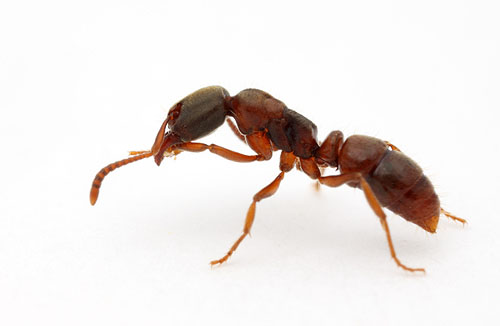
Pachycondyla stigma
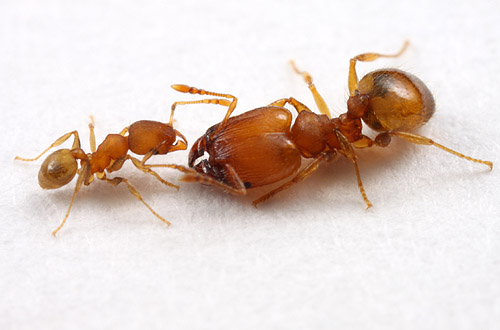
Pheidole dentigula
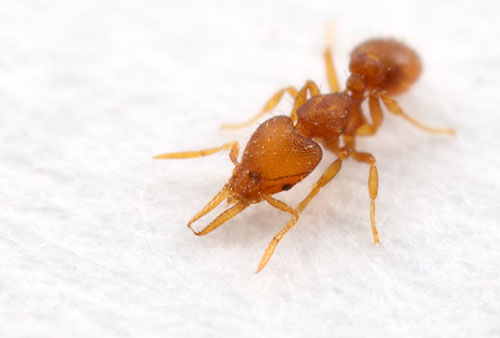
Pyramica eggersi

Pseudomyrmex gracilis, with larva

I'm jealous of your chance to observe such a diversity of species. I wish I lived somewhere with more diverse nature.
I know what you mean, liudvikas. Our diversity here in the farmlands of central Illinois isn't all that high either, so when I got a chance last week to catch a ride down to Florida I jumped at it.
Ah, the memories!
Thanks for the nice images of a once quite familiar fauna.
Thanks James. I will eventually be emailing you some Paratrechina images to get your taxonomic opinion on them.
Paratrechina longicornis seems to be taking over the world! Hairy little monsters.
oh my! The luxury of having species names for all those ants...!
I wish I could do that. But the whole country I live in has only a few kinds of ant, mainly Lasius Niger - there's plenty of that. Apart from amazing Formica Rufa nests, there isn't anything really interesting.
True in some places, Ptygmit, but at Archbold several native Paratrechina and at least one other exotic are doing quite well also.
That is good to hear James. Here in north eastern Australia Paratrechina longicornis and Phiedole megacephala are rapidly displacing natives in urban and disturbed habitats.
Saying that... I actually have a colony of native Paratrechina (I believe it is minutula) in my front yard.
A great series of ants/images. A very interesting fauna of a very distinct ecosystem. I enjoyed both posts.
Hope the weather is better here in Perth this weekend - itching to do some macrophotography >_<